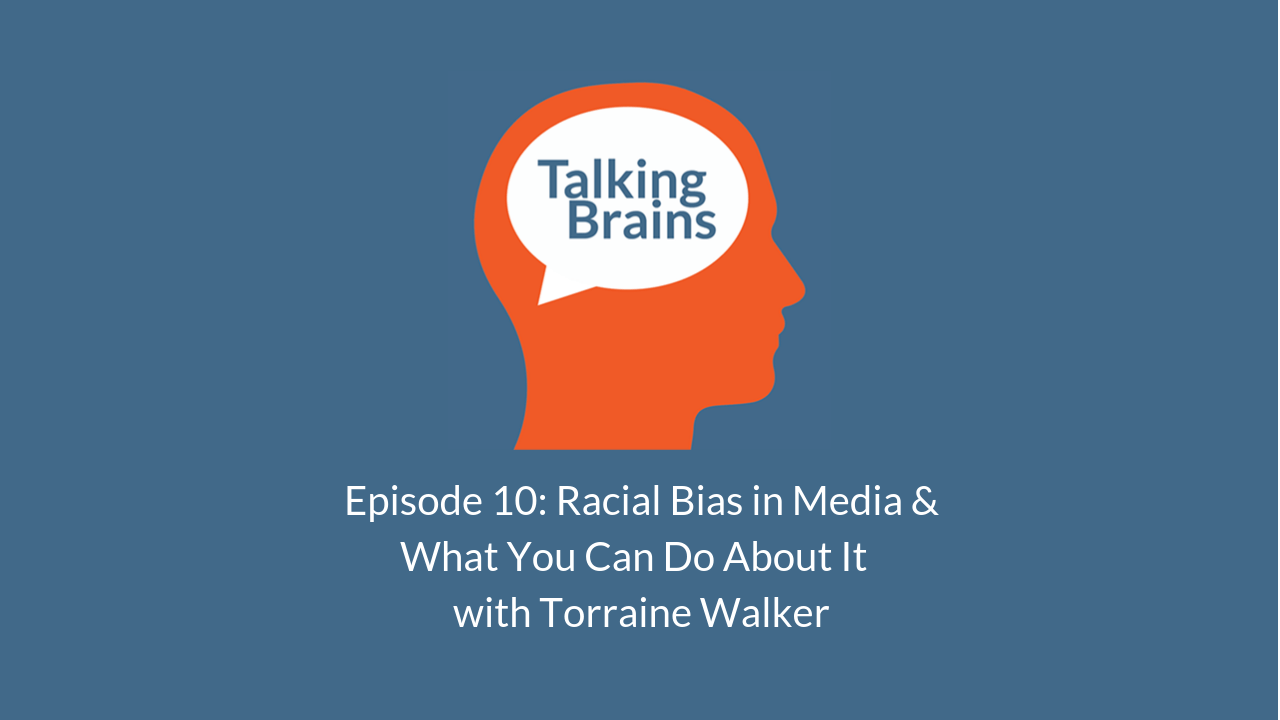Today a gunman, upset about his mother’s health condition, wounded a doctor then killed his mother and himself. The shootings took place at Johns Hopkins hospital. (The news story can be found here.)
As soon as I heard that the shooter targeted the doctor because of his mother’s health condition, I immediately thought of the gruesome season finale of Grey’s Anatomy. In those two episodes, titled “Sanctuary” and “Death and All His Friends”, a man goes on a shooting rampage at the hospital, looking for (and eventually shooting) the doctor who he felt killed his wife. The episodes had several shootings, including some at close-range.
While audience demographics data would mostly likely tell us that the shooter probably wasn’t a regular viewer of Grey’s Anatomy, the similarities made me wonder once again about the impact of television violence on committing violent acts. You can’t avoid violent programs just by changing channels – even the commercials have violence. One commercial in particular aired during one of the UF Gator football games. It was a commercial for a TV movie, and it consisted of a shadowy figure standing in a doorway and a little girl sitting up and saying in a shaky, terrified voice, “Daddy?” Mind you, there were children watching the football game during this time, and the commercial came on so quickly no one had time to jump up and turn it off.
Viewing of television violence has been correlated with an increase in violent behavior and aggression in young viewers. In addition, watching violence on television news programs increases aggression and even imitative (or “copycat”) suicide in young viewers (Huessman & Taylor 2006). Huessman and Taylor went so far as to state that television violence is a threat to public health.
Another study found that viewing media violence actually can alter brain functioning, as assessed with fMRI (functional Magnetic Resonance Imaging). And it doesn’t seem to matter whether someone is naturally predisposed to being violent – it changed brain function regardless of whether someone had an aggressive personality or not (Matthews et al. 2005)
And what does it say about our society when a review of the Grey’s Anatomy episode in USA Today describes the show’s shootings as “cool”?
Should a television show someone being shot point-blank in the head (such as was the case on the season finale of Grey’s Anatomy)? Should they show graphic violence in commercials? And why don’t people get as upset about television violence as they do when there is nudity or sex on television? It’s time we took a tough look at how the violence that we view on television, on purpose and inadvertently, can affect the way we view the world and our tendency towards violence.




